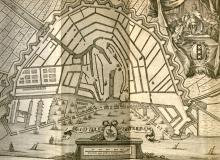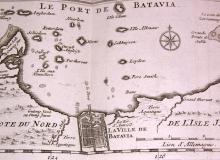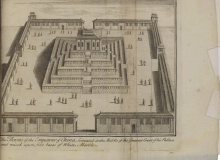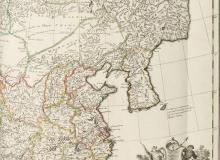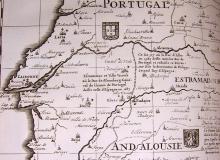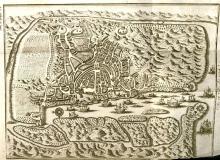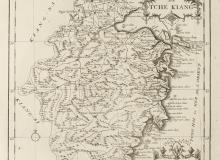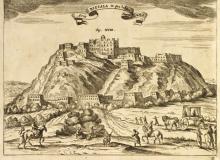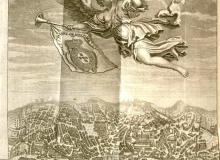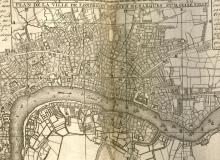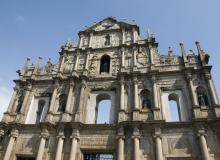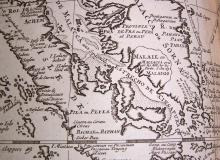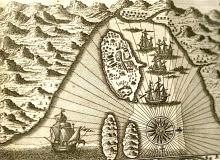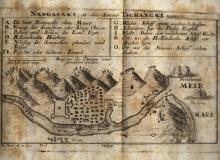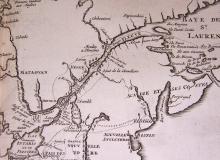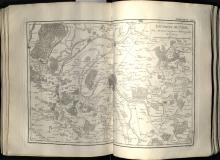Places
Cultural exchange occurred because someone conveyed the knowledge and something contained that knowledge. The conveyor was the Jesuit missionary travelling across land and seas, and the containers were those timeless pieces of technology - letters and books. Tracing the routes by which both traveler and books journeyed reveals the locales where cross-cultural exchange occurred. These cities were more than destinations but rather nodes of information exchange. They were sites of publication and conversation, safe havens and repositories of accumulated wisdom. They also reflected the rise and fall of empires and identified the changing capitals in the ever-growing republic of knowledge.
